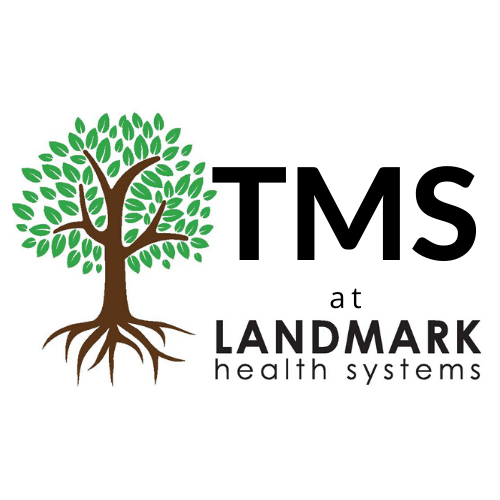TMS: What is it? How Does it Work?
At Landmark Health Systems, we are using creativity and innovation to find new and better ways to help people overcome their daily life struggles. From our Addictions Psychiatry, to our Medical Marijuana services, we feel that we are providing unique help to those in need, and NeuroStar TMS is no exception. However, when it comes to new and innovative ways of helping, it can be tough to stay up to date. For instance; what exactly is TMS? And how does it work?
TMS, or Transcranial Magnetic Stimulation is a process that utilizes a high powered magnetic coil, similar to those found in MRI machines. By using this high powered magnet, we are able to produce action potentials in neurons, altering the level of neural activity inside the brain during and after stimulation. This alteration in neural activity could potentially modify the functioning of the membrane resting potentials and thresholds as well as channel properties.
You may still find yourself asking, "what exactly does this mean?"
The easiest way to conceptualize it is to think about a family going to the beach and the children building sandcastles. What's a sandcastle without a moat? The children must dig a pathway in the sand in order for the water to flow and fill up the moat. TMS works in a similar way by magnetically forcing open neural pathways in the brain. This allows for more neurons to flow in areas of the brain where TMS is targeted.
For the purposes of depression treatment, the magnetic coil is placed over the area of the brain thought to control mood. As the magnetic pulses are delivered painlessly to the scalp, they positively effect the brain’s neurotransmitter levels and open up neural pathways in areas of the brain that are underactive in depression, thus making them more active.
We are already starting to see positive mood changes in the small number of patients that we are currently treating. We will be adding more patients in the coming weeks and hope to see similar results!
References:
https://neurostar.com/neurostar-tms-depression-treatment/how-neurostar-tms-works/
http://doi.org/10.1016/j.cortex.2008.10.002
